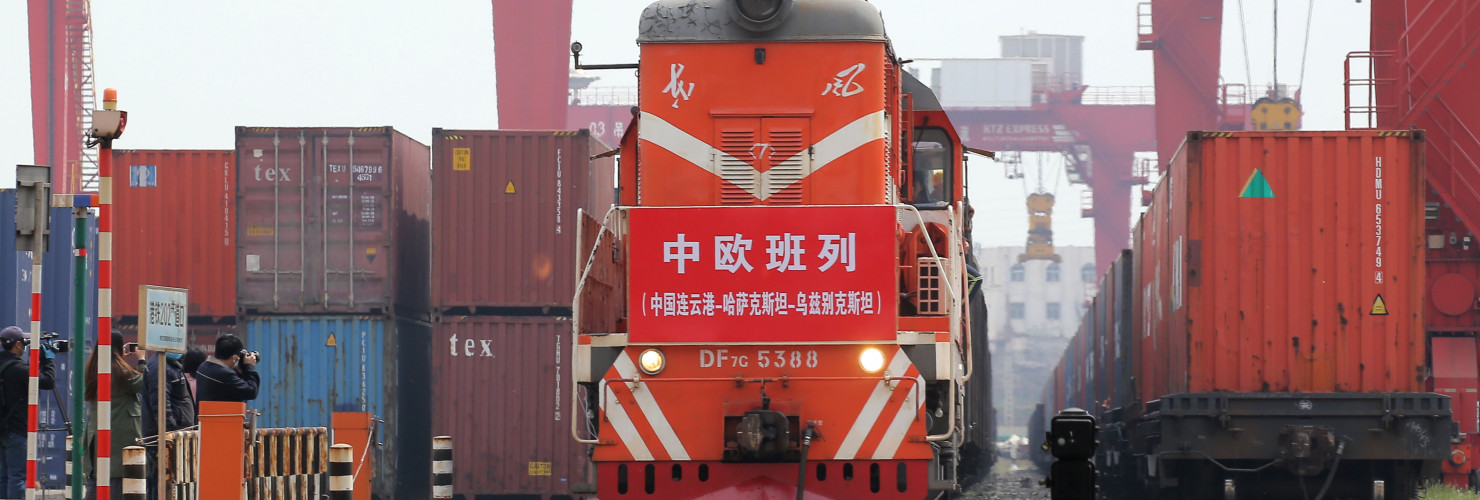

After the Party Congress, where is the Belt and Road Initiative going?
While the focus of the 20th Congress of the Chinese Communist Party (CCP) was on home policy, the Congress also revealed some important clues about China’s foreign policy, including the direction of Belt and Road Initiative (BRI).
The flagship foreign policy initiative of Xi Jinping’s China since 2013, the BRI has continued to spark mixed-feelings, while having recently revealed its practical financial limits and negative spill overs. Recent months have seen the emergence of defaulting BRI projects, and the claim that BRI-related loans contributed to the default of the Sri Lankan economy.
With such bad publicity coming all at once, and more projects expected to run into trouble, the future of the BRI has been placed under question once again. The slowdown of China’s foreign lending since 2016, and the refusal by Chinese banks to cover extra costs – such as in the case of the Jakarta-Bandung highway in Indonesia – have raised further questions over the BRI’s survival. Three new initiatives have appeared, however, that seek to transform the scope of the BRI: in 2020, the Global Data Security Initiative (GDSI); in 2021, the Global Development Initiative (GDI); and in 2022, the Global Security Initiative (GSI).
It becomes legitimate to wonder, therefore, whether the pushback against, and shortcomings of, the BRI may have led Xi Jinping to replace it with new initiatives that quietly phase out the BRI’s original conception.
The GDI, for example, appears to propose a framework that solves many of the BRI’s pitfalls and shortcomings. It focuses on providing development for third-countries, for example, leverage existing multilateral relationships to do so. The former responds to complaints that see China as the largest beneficiary of BRI agreements; while the latter allows China to spend less of its own capital for development projects, while maintaining a third-country presence.
The Congress confirms that the BRI is staying
A report from the Rhodium Group released in January 2021, however, shows that while BRI may not be as well performing and fast-growing as it was before 2016, it is definitely not disappearing. The recently concluded 20th Congress of the CCP, and specifically the report presented at the Congress, confirm such findings. The way in which the Party and Xi look at and advertise the BRI may have changed, but its relevance for Xi, the Party, and China remains.
In the report, the BRI appears early (at point four), while one has to wait until point fourteen to see the GDI and the GSI. If the BRI was being replaced by the other initiatives, then one may have expected the opposite to be the case. Furthermore, in relation to the BRI, the report explicitly mentions projects and objectives, such as: a new land-sea corridor in the West; the Hainan free port; upgrading free trade pilot zones; an expanding global network of high-standard free trade zones; and the continued internationalisation of the RMB.
Has anything therefore changed in the way the Party sees and implements the BRI? If yes, what has changed?
The Congress tells us of two main changes: the narrative and the focus. Firstly, the BRI has gone from being China’s foreign policy, to being, albeit a very important one, of many tools of Chinese foreign and domestic policy. In the past, the BRI narrative drove a large part of China’s foreign engagement, often with anything China did abroad being labelled BRI, either from the onset or retroactively. That has not been the case in the past two years, and it is unlikely to be the case in the future. The role of framework(s) for China’s foreign policy now seems to have been superceded by the GDI, the GSI and the GSDI.
Secondly, the Congress’ report shows a refocusing of the BRI’s benefits for China’s internal market, showing how to achieve them via trade and investments. This may be a narrative bias given the importance that the Congress has given to home policy, which often overshadows foreign policy. However, the focus of the Congress on home policy is already an indication in itself of China’s main concerns, and thus of the ultimate goal of many of its foreign policies.
Considering all the above, what can we expect from the BRI in the future?
While the BRI has undergone many changes in the past years, it is far from disappearing, and is now accompanied by other initiatives that frame China’s foreign policy, and its role as a global actor.
The key words for China in the next five years are acceleration and implementation - the Party has laid down a great variety of initiatives and plans for the next five years, and the focus will be on seeing them implemented.
Developing economies is where competition with China will unfold, and competition will move in two directions. One dimension regards access and creation of alternative markets for Chinese exports, and access to the supplies necessary to achieve China’s economic objectives (i.e., self-sufficiency). The other regards proposing an alternative, Chinese security, development and standard-related narrative to that proposed by the US-led international order; while gathering numbers to show ‘the West’ that the majority of the actors in the world are not with them. In that regard, the UN and the G20 remain fundamental platforms.
While competition will underpin engagement in developing economies, cases like Zambia’s debt restructuring offer a silver lining. In a rare move, China has accepted a debt restructure with other creditors. With instances of China not being able to deal with the debt its loans have created only set to continue, it provides a rather unique opportunity for collaboration with other advanced economies.
The need for infrastructure in developing countries has not disappeared. However, China can no longer afford to loan money without considering the loan’s viability, hence the decision to tone down the narrative around the BRI; while introducing more multilateral initiatives. Balancing this without renouncing the expansion of China’s models for development, security, and standards, will continue to define China’s actions for the foreseeable future.
This article was first published by King's College London, November 1, 2022.
